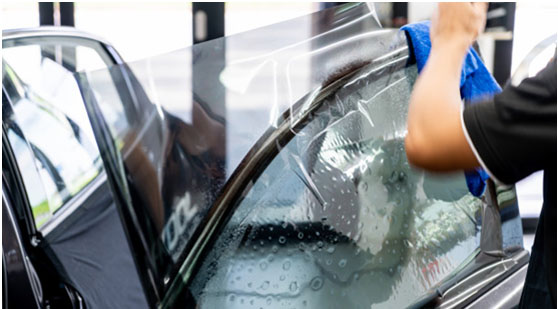Having window tints on your car and your home has tremendous benefits. Perhaps, the best advantage that you can get from having window tints installed is reduced energy consumption. Window tints make your home or car cooler by reflecting heat that is coming inside your house through sunlight.
Another considerable benefit of window tint for drivers is their ability to reduce glare and keep you safe while driving. Window tints also make your home or vehicle more private as it can be darkened based on your state laws. If you are afraid that someone might break windows, window tints can make your windows more durable and secure.
The increasing popularity of window films
Window tints have been increasingly accessible to the United States because of energy savings. Today that there are videos on how to tint the windows, more and more people try to tint their windows themselves instead of hiring experts. This option is not the best as professionals know more about tinting, but this is acceptable if you have no budget.
How are window films made?
Stage 1: Creating the film
The pellets, a primary component of the window films, are melted down to a machine until it reaches a state wherein they become semi-liquid. Once in that form, the material is stretched into polyester sheets by pulling the content lengthwise and width-wise. During this stretching process, other chemicals and materials that block ultraviolet (UV) light are added.
Stage 2: Adding metal or dye on the film
After the UV-blocking chemicals are added to the polyester sheeting, the colors or metals are added. Whether color or metal is added depends on the film’s intended to type, quality, and function. Films that use dye are typically used for automotive windows because dyes absorb a lot of heat.
The dye is coated onto the polyester sheet and then cured in an oven during the dyeing process. The pigments of the dye fuse into the polyester sheet because of heat. That fusing process ensures that the color of the dye stays in the film and never washes off.
Stage 3: Final touches
A scratch-resistant layer is applied to the interior side of the film once the film is fused with the metal or dye. This layer’s purpose is to become the first line of defense from any foreign object that may hit, scrape, or damage the window. This anti-scratch protection can last for a very long time.
There are several kinds of window tints, and they differ because of composition and the material that they are made of. Some films last more than the others while others provide a more aesthetically pleasing look for your car.

